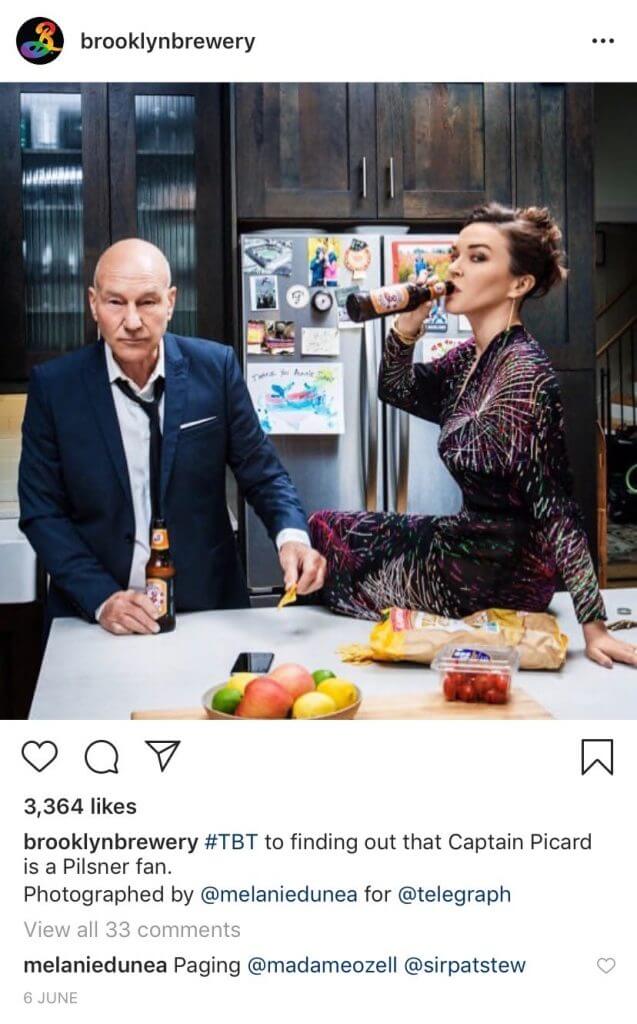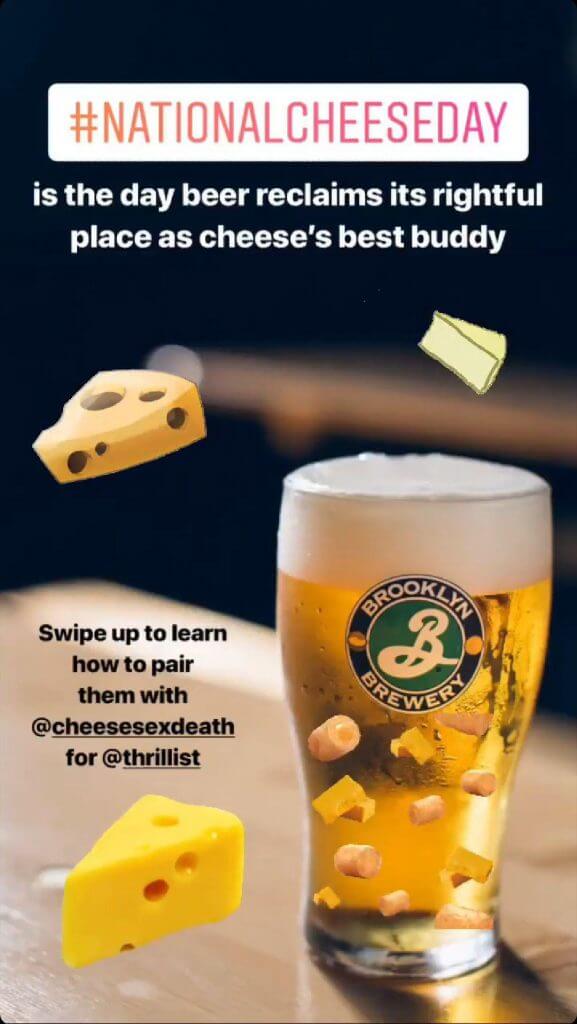We live in a cluttered world. Almost 7 billion people, and half of them are using social media. Just like millions of brands and bots. All they want is to be seen, and their message to be heard. And you’re one of them. You and your business. Succeeding in social media is hard, but it’s not impossible. You just need a good social media strategy. And a good social media strategy is one based on data and insights.
Setting up a successful social media strategy
You probably have a Facebook page for your business, but you don’t know how to make the most of it. Or you tried doing some paid promotion on Instagram, but to almost no effect in increased sales. Well, everyone has to start somewhere and it’s great that you took your first steps.
What do you use social media for?
You can use social media to raise brand awareness among its users (which is basically everyone right now), as part of the customer journey, it’s one of the channels of customer care (and a very important one, you can read about it later on in this text), and – last but not least – it’s a great place to sell your products and services.
Which is the most important for your business? Let’s say you run a small, boutique fashion brand focused on e-commerce, you have your own online store and want to develop your presence on social media. Social media presence is a long-term project and you have to answer a few questions before you start planning your social media marketing plan:
- Who is your target audience?
- Who are your perfect customers?
- Who is your audience now?
- Who are your customers now?
- What is your brand’s feel?
- What is the most important value you deliver to your customers?
- What market do you serve?
You can find much more detailed questionnaires on the web, but answering the questions above is sufficient.
Which social media are the best for your brand?
The next thing you should think about while creating your social media strategy is choosing the social media platforms you should be present on. How do you do that? You have to think about where your target audience is and, almost equally important, what opportunities of growth and data analysis various platforms give you. Let’s get back to our example of a boutique fashion brand. You’re selling things, so you have to showcase them – what social media networks are best for it? Yes, you’re right, Instagram and Pinterest.
So, let’s dive into different social media channels and basic principles of your presence there. Let’s start with the real behemoth:
Facebook in your social media strategy. Why should your business be there?
Yes, Facebook had a rough 2018, but nevertheless it’s still a powerhouse for your social media presence. First of all, it has 2bn daily users, almost ⅓ of Earth’s population. Impressive, right? There’s a good chance your future customers are already there. People search on Facebook as often as they do on Google. That’s why Facebook Pages serve as a showcase for businesses. It should be coherent with your general style of communication and have the most important information about your business as visible as possible. Show your brand’s personality – social media is about meaningful interaction, so don’t spam and be real.
You just have to know how to reach your audience, and Facebook helps you with that, too. Not only do you know almost everything about your fans’ behavior from Facebook Insights, you can also use ads to target them in the remarketing stage.

Paid social is a crucial part of any Facebook marketing strategy. This is because of the constant changes to News Feed algorithm that lead to users more and more content from their close friends and less from brands and publishers.
You can try to overcome that obstacle by creating groups where you (as a brand) can interact with your followers and customers, hint them new products, ask for their opinion – make them feel they’re a part of your great brand.
Use Facebook Stories and live videos, the two types of content that are hot in 2019 (and promoted by Facebook itself) and show a less serious side of your brand (as long as it’s consistent with your overall branding strategy).
Instagram marketing for your business
For several years, Instagram has been a part of the Facebook ecosystem and served as the Mountain View giant’s younger, cooler sibling. Here, it’s all about visuals. Take advantage of it and show your products, how they can be used in everyday life. Tell the story of your brand, showcase your values, and have fun with it.
Instagram Stories is a whole new level of opportunity for your brand. It’s the hottest content on Instagram right now. People love them – over 500 million users users watch them daily (that is, half of all Instagram users) and engage with them.

Check out our article on how to make killer Insta Stories here.
Twitter as a part of successful social media strategy
Twitter is tricky. It’s fast, it’s polarized. It’s full of politics and sports. But it’s also where people are, especially in the US. Twitter is a good place for announcements, short videos, responding to emerging crises.
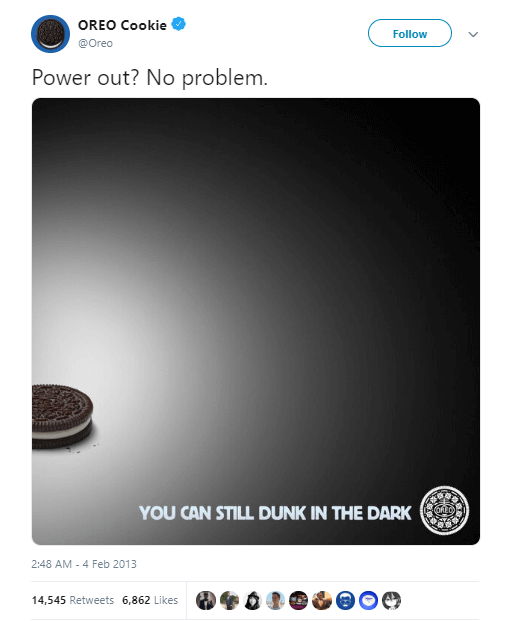
You can show the more humane face of your brand, e.g. create a mascot for your brand which interacts with other users, just as if it were a real human being. Whatever you do, remember one principle: your Twitter presence must be part of a bigger picture, but at the same time distinct and unique. Crossposting doesn’t work well here.
Pinterest in your social media strategy
Pinterest is a place for images and inspiration. Pinterest CEO calls it the “catalogue of ideas” inspiring users “go out and do that thing”. Users (and brands) can create their own boards, linking images to the content on the web. If your brand is mainly visual, i.e. you sell clothes, furniture, handicrafts, or jewelry and women are your main target group, you should be on Pinterest, too. If not, Instagram is just enough. It has more users and gives more opportunities to reach them through Stories or sponsored content.
LinkedIn in your social media strategy
LinkedIn is the place where professionals meet. It’s a great place for employer branding – show your network how your office looks, what the benefits of working with you are, share some insights and thoughts on your industry, spread the knowledge of creating businesses through case studies of your success.
How to improve your business with a social media strategy?
Social media is a great place not only for marketing. Remember when I wrote that your Facebook Page should be a showcase of your business? There’s another reason for that. People use social media as a first (and sometimes only) channel to communicate with a brand or company. They write to you when they want to ask some questions, praise your product, complain about it. And they want immediate responses and some proper customer service. Leave a private message complaint without a reply for more than 24 hours and be sure that the disappointed customer will throw a tantrum publicly. They will write a public post detailing how bad you are and how you don’t respect your clients, they will ask their friends to leave you bad reviews. You can’t afford losing your reputation, trust me.
I know you and your social media manager can’t be available 24/7. Using tools like NapoleonCat you can automate the customer care process on Facebook and Instagram to relieve your team from constantly checking your inbox and your Page.
All incoming messages, comments, and mentions are in one place. You can reply to them, assign sentiment (which is helpful to assess the image of your brand in social media). If you have a social media team, you can assign tasks to certain team members, so that everyone knows their responsibility and your inbox is nice and clean with no overdue messages.
Influencers in your social media strategy
Whether we like it or not, we live in the age of influencers. They are a great force in social media and beyond. They can help you in making your brand a household name. However, it’s not cheap to work with them. Being an owner or a marketing manager in a small or medium company, what you can do is to look for niche influencers (also called microinfluencers) who are famous in smaller communities, but still have a significant following and serve as an authority for your target group. Once again, let’s get back to our example. You don’t have to hire Kylie Jenner for an endorsement campaign (you don’t have sufficient budget), but you can work with Mikaela Wightman or Jodi Lopez.
What is the most powerful social media marketing strategy?
The answer is, as always in the case of social media: it depends on what you want to achieve. If you’re struggling for inspiration, see what other brands do. Look up the biggest and smaller ones, follow trends. Try to be up to date with your competition and brands that can be your source of inspiration (but don’t try to copy them!). I chose two brands that can serve as a good example of well-executed social media strategy.
One brand that does social media right (and isn’t a giant like Coca-Cola or Nike with an infinite budget) is Brooklyn Brewery. Look at their Instagram. What is their key message? Fun. Fun with friends, fun with your pets, the fun of being together. Fun with their beers, obviously. That’s not all – Brooklyn Brewery has quite a story to tell and they do it using Instagram Stories. Speaking of Stories – you can find their drink recipe, funny and quick Brooklyn staff profiles, or wallpapers to save to your phone.
They are consistent through all social channels. They show that they care about their audience, their communication is regular, they have special social media events to celebrate new products and changing seasons.
Another case that might be inspiring for you is L’Oreal. Even though it’s a multibillion corporation, they show their less serious face using hashtag #lifeatloreal, showcasing their employees at and after work. It’s simple, inexpensive, light. In other words, perfect for social media.
You have a solid start to preparing your social media strategy. There’s just one thing you have to keep in mind:
Data is the key to effective social media planning and strategy.
However, it doesn’t stop here. Your social media strategy should never be set in stone. You should constantly improve and refine it. I know, it may sound scary, you have put so much effort into piecing it together in the first place and now you’re reading that it will never be done. Don’t worry, I have good news for you. Yes, it’s data. Everything revolves around data. Data is the new oil for our economy and it should be for your business, too.
Social media is full of data. Every social media platform gathers tons of data every second. That’s… great for you. Social platforms want to share this data with you. Facebook & Instagram Insights, Twitter Analytics – all those tools are designed to help you make social media marketing decisions based on data, but if you want to delve deeper, have an even better understanding of your social media presence, you should try out social media analytics.
Social media analytics tools allow you to check, measure and follow almost every metric that can be helpful in refining your social media strategy. Let’s focus on the most important social media metrics:
Impressions – the number of how many times users saw your content on Facebook, Instagram, or Twitter. That is, if someone sees your post twice it counts as two impressions. Impressions are a crucial metric in paid campaigns when you want people to remember your message (but also don’t oversaturate them with your content).
Reach – on Facebook and Instagram, it’s the total number of users who saw your content. That is, if someone sees your post twice it counts as one. It shows how successful you are in reaching your audience.
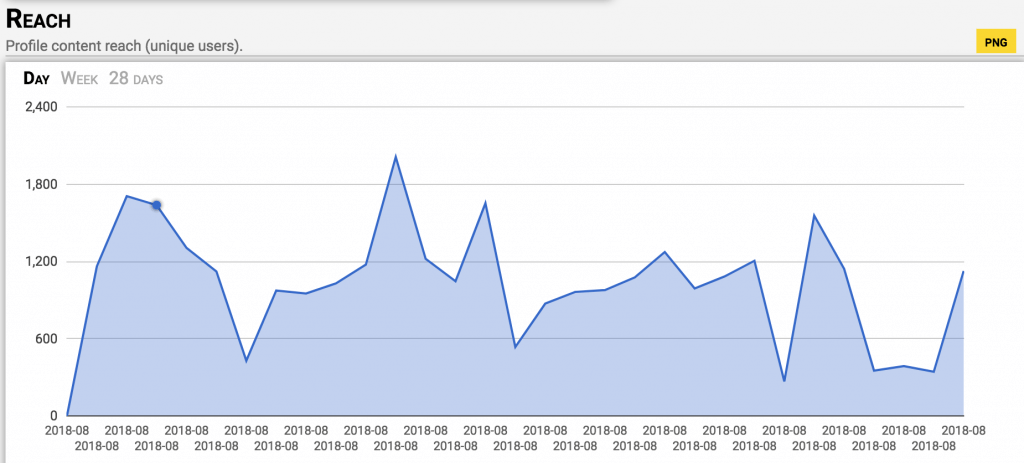
Engagement – it’s a metric showing reactions to your content. We have developed our own indicator of engagement called Social Interaction Index. It considers posts, comments, reactions and shares published by others on your page as well as mentions of your page in other people’s and pages posts. There’s another indicator we call Engagement Rate which is also available for other social media. It’s a ratio of reactions to your content to the total number of your followers.
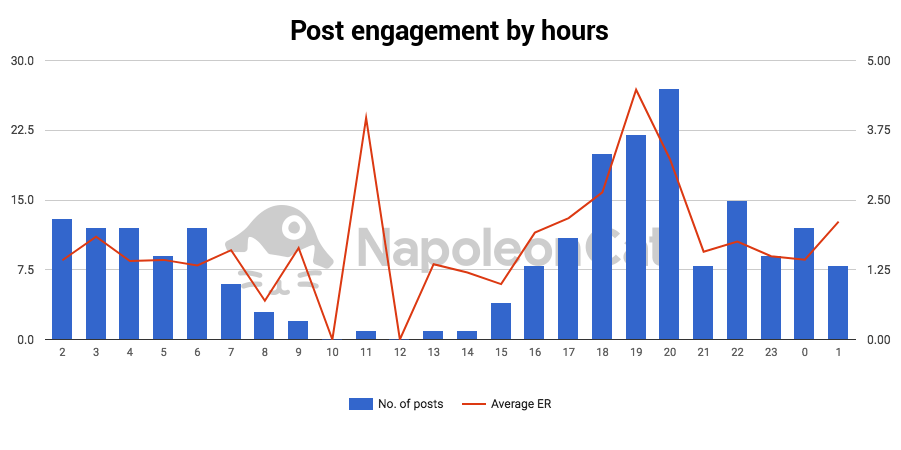
Social media analytics tools give you a deep insight into your performance on social media. You can check which type of content works the best for you, what hashtags are the best to grow your audience, when is the best time to communicate, etc. This gives you the opportunity to constantly experiment and refine your marketing strategy based on the exact data from your profiles. What works for some businesses, doesn’t have to bring success to yours.

Social media analytics
Measure your social media marketing results. Track competitors and improve performance using simple dashboards.
Try NapoleonCat free for 14 days. No credit card required.
Track and learn from your competitors
That’s right, using social media analytics tool like NapoleonCat you can track any publicly available Facebook Page or Instagram Business Profile. Knowing what your competitors are up to, which tactics work for them and which don’t is a great opportunity for you. You can also observe companies that have a similar target group, but are not necessarily your competitors. They can serve as benchmarks and sources of inspiration.
Here’s how it looks in NapoleonCat. Our tool is updated in real time, so you can draw conclusions and react to your competitors’ progress and improvements almost immediately. You can also compare yourself with more than one competitor or benchmark at a time using our comparative sets.


Do you want a long-term analysis? No worries, for any given time period you can view your data daily, weekly or monthly. That’s not all, you can download your whole comparative analysis in the form of an aesthetic, customizable PDF report. Do you want to learn even more about competitors’ analysis? We got you covered.
Ready to implement your brand new social media strategy?

Check out also How To Design a Powerful Social Media Content Strategy




